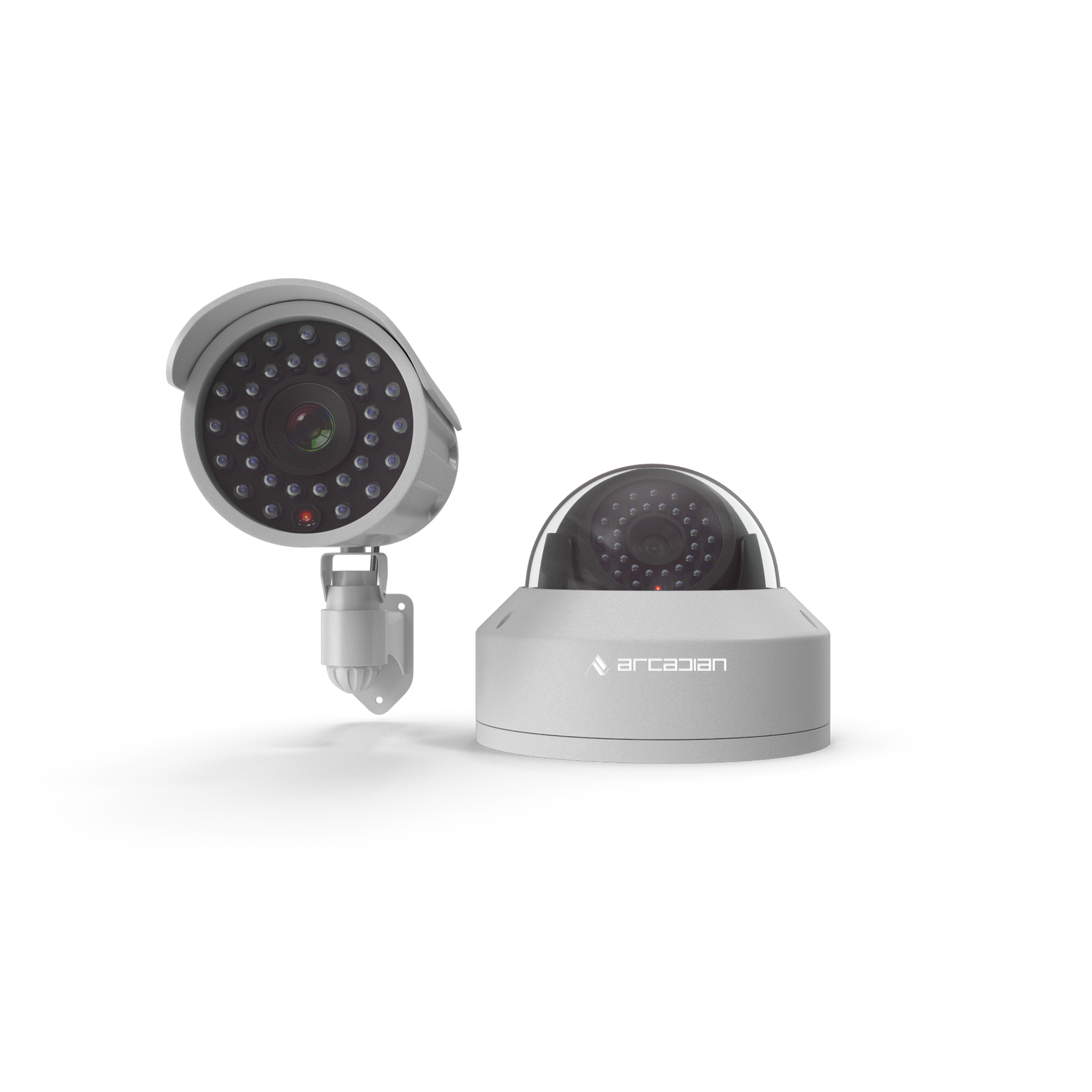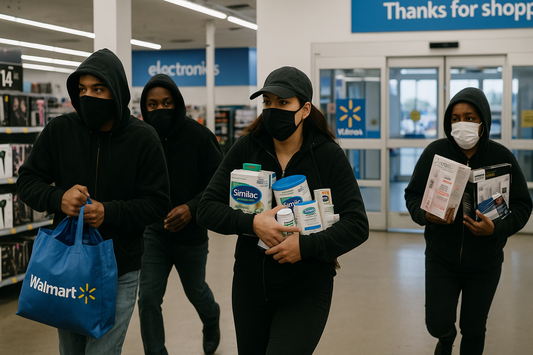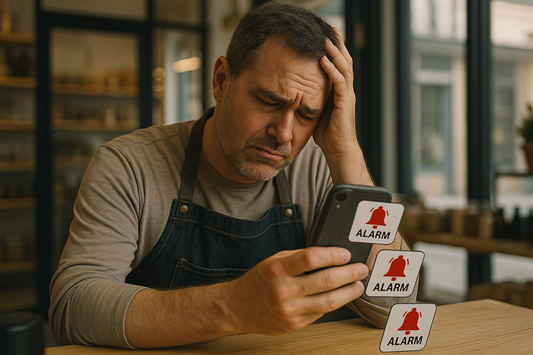The 21st Century, Anxiety Disorders, and the Security Paradox
Anxiety disorders are the most common mental health challenge of our era, shaping how we live, work, and feel safe. From cyber threats to pandemics to constant surveillance, security has become both a shield and a source of stress.

- Introduction: Living in the Age of Anxiety
- Quick Summary / Key Takeaways
- Background & Relevance
- Chapter 1: The Rising Tide of Anxiety in the 21st Century
- Chapter 2: Generalized Anxiety Disorder (GAD) and Security
- Chapter 3: Phobias in a Secured World
- Chapter 4: Panic Disorders and Security Alerts
- Chapter 5: OCD and the Pandemic Security Mindset
- Chapter 6: The Security–Anxiety Paradox
- Chapter 7: Case Studies in the Anxiety–Security Loop
- Chapter 8: Designing Security With Mental Health in Mind
- Chapter 9: The Future — Security That Calms, Not Just Protects
- Common Questions (FAQ)
- Security Glossary (2025 Edition)
Introduction: Living in the Age of Anxiety
On a gray winter morning in New York, Sarah double-checks the locks before leaving her apartment. She pulls out her phone, opens her security app, and checks the live camera feed three times before stepping into the hall. She’s not paranoid in the clinical sense, but she is part of a growing population caught in the rising tide of 21st-century anxiety disorders.
Globally, nearly 301 million people suffer from anxiety disorders as of 2025, up from 195 million in 1990. They range from generalized anxiety disorder (GAD) to phobias, panic disorders, and obsessive-compulsive disorder (OCD). While these conditions have existed throughout history, modern life has amplified their prevalence.
One of the least discussed but most fascinating dynamics is the relationship between security and anxiety. Security tools—locks, cameras, cybersecurity software, airport scanners—are designed to protect us. Yet, paradoxically, they can also trigger or worsen anxiety by heightening our sense of being watched, vulnerable, or in danger.
This is the security paradox of the 21st century: the very measures designed to keep us safe can also make us feel less secure.
Quick Summary / Key Takeaways
-
Anxiety disorders affect 301M people worldwide.
-
Security tech can both ease and worsen anxiety.
-
Pandemics, terrorism, cyber threats, and climate disasters drive modern stress.
-
Surveillance creates paranoia as often as it provides peace of mind.
-
The future of security must balance safety and psychological well-being.
Background & Relevance
Anxiety is not just a personal mental health issue; it is a social and cultural phenomenon shaped by our environments. In the past decade, we’ve seen:
-
COVID-19 pandemic → global anxiety spiked +25%, particularly contamination-related OCD.
-
Workplace monitoring → remote surveillance software triggered “productivity paranoia.”
-
Cybersecurity breaches → identity theft fears became mainstream.
-
Climate disasters → “eco-anxiety” entered the dictionary as wildfires, floods, and storms displaced millions.
Security—whether physical (CCTV), digital (firewalls), or social (policing)—has become an ever-present layer of daily life. Its psychological impact deserves as much attention as its functional one.
Chapter 1: The Rising Tide of Anxiety in the 21st Century
Anxiety disorders are the most common mental illness in the world. In the U.S., nearly 20% of adults experience them annually. In Canada, that number hovers around 12%.
But what makes the 21st century different? Three forces:
-
Hyperconnectivity → Smartphones ensure constant exposure to news of disasters, crime, and data breaches.
-
Global crises → Terrorism, pandemics, climate change add existential stress.
-
Surveillance society → From social media tracking to smart doorbells, security is omnipresent.
This environment creates a feedback loop: the more anxious we feel, the more security we demand; the more security is visible, the more we are reminded of threats.
Chapter 2: Generalized Anxiety Disorder (GAD) and Security
GAD is marked by chronic, excessive worry. For many, security is both a coping mechanism and a trigger.
-
Physical security triggers: Repeatedly checking locks, alarms, and cameras.
-
Cybersecurity triggers: Fear of identity theft, stolen passwords, or hacked bank accounts.
-
Global insecurity: War, terrorism, and economic instability fuel constant “what if” scenarios.
Example: After a major U.S. data breach in 2024 that exposed 200 million identities, therapy clinics reported a spike in cybersecurity-related anxiety. People with GAD often began compulsively monitoring credit reports, bank apps, and inboxes.
Chapter 3: Phobias in a Secured World
Specific phobias—irrational fears of things like flying, crowds, or confined spaces—intersect directly with security environments.
-
Airports: TSA checkpoints designed to reassure instead induce panic for some.
-
Public events: Metal detectors and bag checks remind attendees of terrorism risks.
-
Smart homes: Devices meant to reassure (doorbells, sensors) may reinforce fears of burglary.
Phobias thrive in an environment where threats are constantly highlighted by security measures.
Chapter 4: Panic Disorders and Security Alerts
Panic disorder involves sudden, intense episodes of fear, often mistaken for heart attacks.
-
Alarm systems: False alarms can trigger panic attacks.
-
Emergency alerts: Amber Alerts, missile warnings (like the false Hawaii alert in 2018) have induced mass panic.
-
Public surveillance: Being stopped for bag checks or random screening can spark panic in vulnerable individuals.
The iron paradox: alarms are meant to save lives, yet they can also harm mental health.
Chapter 5: OCD and the Pandemic Security Mindset
OCD thrives on compulsions and intrusive thoughts. COVID-19 magnified it:
-
Handwashing and sanitization became both public health policy and OCD compulsions.
-
Security in the form of health mandates amplified contamination obsessions.
-
Lockdowns created isolation, worsening intrusive thoughts and rituals.
Example: A 2021 Time report highlighted people with OCD who spent 10+ hours a day disinfecting groceries, unable to separate public health guidance from compulsive behavior.

Chapter 6: The Security–Anxiety Paradox
Here lies the heart of the story.
-
Security reduces anxiety when:
-
Cameras deter crime.
-
Cybersecurity software protects identities.
-
Alarms provide peace of mind.
-
-
Security increases anxiety when:
-
Surveillance feels invasive (e.g., remote employee monitoring).
-
Alerts are constant or false.
-
The presence of guards/cameras signals danger.
-
It’s not security itself but its perception and communication that determines the mental impact.
Chapter 7: Case Studies in the Anxiety–Security Loop
-
London’s CCTV network
-
Largest in the world, reduced crime in certain areas.
-
Citizens reported increased paranoia, fear of constant monitoring.
-
-
COVID lockdowns
-
Security-driven restrictions amplified isolation anxiety.
-
OCD contamination fears skyrocketed.
-
-
Remote workplace surveillance
-
Employees under webcam monitoring reported burnout, distrust, and anxiety.
-
Termed “productivity paranoia” by Microsoft in 2023 research.
-
-
Cybersecurity breaches
-
After major hacks, users often develop cyber-paranoia, changing passwords obsessively and fearing unseen attacks.
-
Chapter 8: Designing Security With Mental Health in Mind
If security is to truly serve society, it must evolve with psychological design principles:
-
Clarity without fear: Alerts that inform, not terrify.
-
Adaptive AI: Systems that filter noise and reduce false alarms.
-
Privacy by design: Tech that respects personal space, reducing paranoia.
-
Collaboration: Security experts working with psychologists to anticipate anxiety responses.
Chapter 9: The Future — Security That Calms, Not Just Protects
The 21st century demands a new model of security: one that addresses both physical threats and mental well-being.
-
Cities of the future may adopt calm security architecture (subtle yet effective).
-
Cybersecurity messaging may shift from “fear of breach” to empowerment through knowledge.
-
AI may act as a filter, ensuring we only see real threats, not constant noise.
True safety will mean feeling safe, not just being safe.
Common Questions (FAQ)
Q1: Does security reduce or increase anxiety?
Both. Security measures can reassure, but constant surveillance or false alerts can worsen anxiety.
Q2: Why did anxiety rise during COVID-19?
Isolation, contamination fears, and strict mandates amplified pre-existing anxiety disorders, especially OCD.
Q3: Can cybersecurity affect mental health?
Yes. Fear of hacks, identity theft, and phishing contributes to chronic anxiety, especially in tech-dependent societies.
Q4: Is workplace surveillance harmful?
Studies show it increases stress, distrust, and burnout if not balanced with transparency.
Q5: What’s the link between climate change and anxiety?
“Eco-anxiety” is a growing phenomenon where people fear climate disasters, displacement, and security failures.
Security Glossary (2025 Edition)
-
Anxiety Disorders — A group of mental health conditions marked by excessive fear, worry, or avoidance behaviors.
-
GAD (Generalized Anxiety Disorder) — Chronic, excessive worry about everyday situations.
-
Phobia — Intense, irrational fear of specific objects, situations, or environments.
-
Panic Disorder — Sudden, recurrent panic attacks with intense physical symptoms.
-
OCD (Obsessive-Compulsive Disorder) — Repetitive thoughts and compulsions, often linked to security rituals.
-
Cybersecurity Anxiety — Stress or worry about data breaches, hacks, and identity theft.
-
Surveillance Fatigue — Stress or burnout caused by constant exposure to monitoring or security alerts.
-
Privacy-by-Design — Security and technology design that prioritizes user privacy and reduces paranoia.
-
Eco-Anxiety — Anxiety linked to climate change and natural disasters.
-
Productivity Paranoia — Anxiety stemming from remote surveillance in workplaces.
-
Security–Anxiety Paradox — The phenomenon where security both reassures and increases anxiety.
-
False Alarm Effect — When frequent false alerts lead to panic, stress, or desensitization.
-
Hypervigilance — Heightened alertness often linked to GAD and trauma.
-
Calm Security Design — Security infrastructure engineered to reduce psychological stress while maintaining safety.

Security is like insurance—until you need it, you don’t think about it.
But when something goes wrong? Break-ins, theft, liability claims—suddenly, it’s all you think about.
ArcadianAI upgrades your security to the AI era—no new hardware, no sky-high costs, just smart protection that works.
→ Stop security incidents before they happen
→ Cut security costs without cutting corners
→ Run your business without the worry
Because the best security isn’t reactive—it’s proactive.







